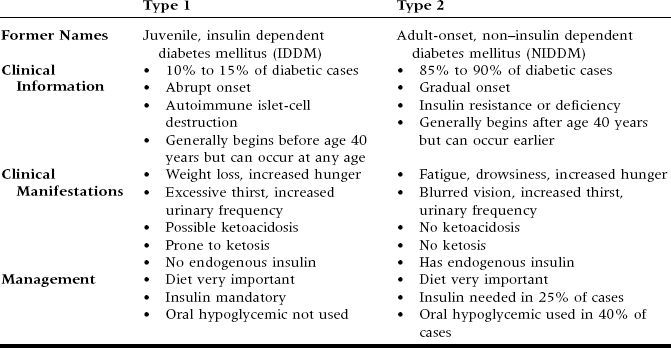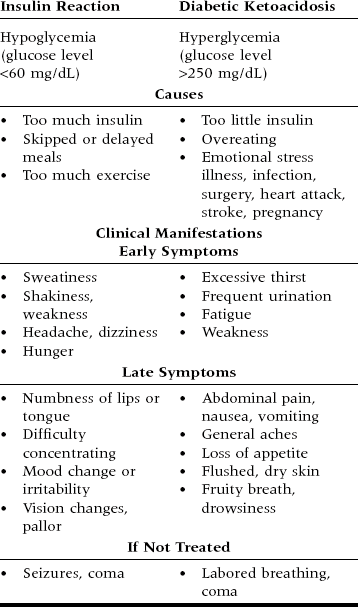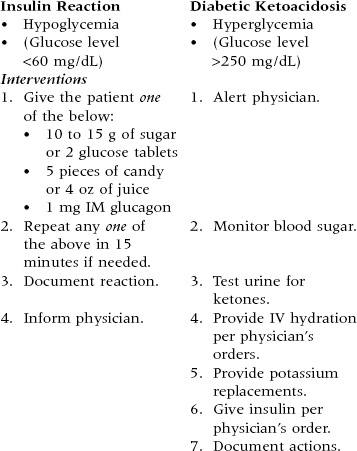Chapter 12 For an in-depth study of the endocrine system, consult the following publications: Lewis SM, et al: Medical-surgical nursing, ed 8, St. Louis, 2011, Mosby. Nugent P, Green J, Hellmer Saul MA, Pelikan P: Mosby’s comprehensive review of nursing for the NCLEX-RN examination, ed 20, St. Louis, 2012. Patton K, Thibodeau G: Structure and function of the human body, ed 14, St. Louis, 2012, Mosby. Potter PA, Perry AG, Stockert PA, Hall A: Fundamentals of nursing, ed 8, St. Louis, 2013, Mosby. Weilitz P, Potter PA: Pocket guide for health assessment, ed 6, St. Louis, 2007, Mosby. Recommendations for Mixing Insulins* • Mixing insulins requires care and skill to avoid inaccurate dosage and possible contamination. Always be sure to have another nurse double check as you mix the insulins. • When mixing insulin, if one is cloudy, the clear insulin is drawn up first and the cloudy one second. • If giving any cloudy insulin such as NPH, roll the vial between your hands to mix. DO NOT SHAKE. Shaking will cause air bubbles that will displace insulin and cause inaccurate dosing. • Remember: When mixing insulin, if one is cloudy, it gets drawn up second, but the air is inserted into it first. • If in doubt, start over. Never allow insulins to mix in the vials. If this happens, discard it and get fresh vials. • Never administer medications you did not prepare to dispense yourself. • When mixing short- and long-acting insulins in the same syringe, first draw up the short-acting insulin (regular insulin, which is clear) and then the long-acting insulin (which is cloudy). • Patients whose blood sugar levels are well controlled on a mixed-insulin dose should maintain their individual routine. • Insulin should not be mixed with other medications. • Insulin should not be diluted unless approved by the prescribing physician. • Rapid-acting insulins that are mixed with NPH or Ultralente insulins should be injected 15 minutes before a meal to promote consistent absorption of insulin. • Short-acting and Lente insulins should not be mixed unless the patient’s blood sugar level is currently under control with this mixture.
Endocrine System
Insulin
![]()
Stay updated, free articles. Join our Telegram channel

Full access? Get Clinical Tree


Endocrine System
Only gold members can continue reading. Log In or Register to continue




